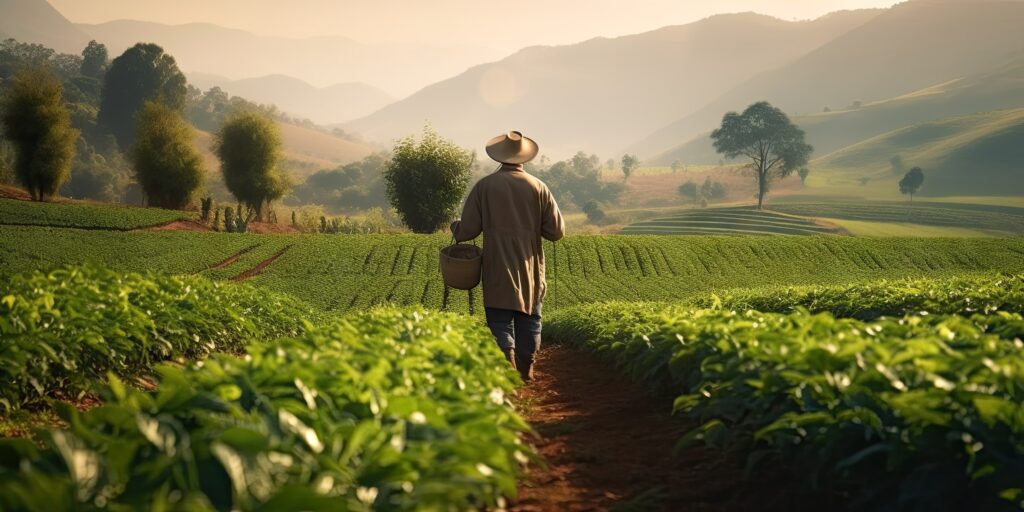
Camellia sinensis, the tea plant, is a species of evergreen shrub or small tree belonging to the Theaceae family. Native to East Asia, this plant has become the bedrock for the diverse array of teas enjoyed worldwide.
The tea plant thrives in specific geographical conditions, primarily in regions with a combination of high rainfall, humidity, and well-drained soils. It finds its natural habitat in countries such as China, India, Japan, and parts of Southeast Asia. The plant’s adaptability has led to its cultivation in various other regions globally.
Cultivating Camellia sinensis is a delicate art that combines traditional wisdom with modern techniques. The journey begins with selecting an appropriate site, where factors such as soil composition, drainage, and climate are carefully considered. Well-drained, acidic soils rich in organic matter provide an ideal foundation for healthy tea plants.
Propagation commonly involves the use of seeds or cuttings. Once propagated, young tea plants are transplanted to their permanent locations. Planting is typically done in rows, allowing for efficient harvesting and maintenance. Proper spacing is crucial to ensure adequate air circulation and sunlight exposure for optimal growth.
At mid-altitudes, ranging from 2,000 to 4,000 feet (600 to 1,200 meters), tea plants thrive in climates with moderate temperatures. Teas grown in these conditions often strike a balance between the boldness of lowland teas and the delicacy of high-altitude varieties, offering a nuanced flavour profile.
Tea plantations situated at higher altitudes, above 4,000 feet (1,200 meters), are known for producing teas with delicate, complex flavours. The slower growth at these elevations, combined with cooler temperatures, encourages the development of subtle nuances and floral notes in the tea leaves.
The concept of terroir, encompassing factors such as soil, climate, and altitude, is particularly pronounced in tea cultivation. Altitude influences temperature, humidity, and sunlight exposure, all of which contribute to the biochemical composition of tea leaves. As a result, teas from different altitudes boast unique characteristics, adding depth to the world of tea appreciation.
While higher altitudes offer favourable conditions for nuanced teas, cultivation at such elevations comes with challenges. The cooler temperatures can slow the growth of tea plants, leading to lower yields. However, the benefit lies in the development of compounds that contribute to the sought-after characteristics of high-altitude teas.
Cultivating Camellia sinensis is a harmonious interplay of environmental factors and human expertise. Altitude, with its profound impact on terroir, shapes the very essence of tea. From the robustness of lowland teas to the delicacy of high-altitude varieties, each sip reflects the meticulous cultivation practices and the unique geographical tapestry in which the tea plant thrives.